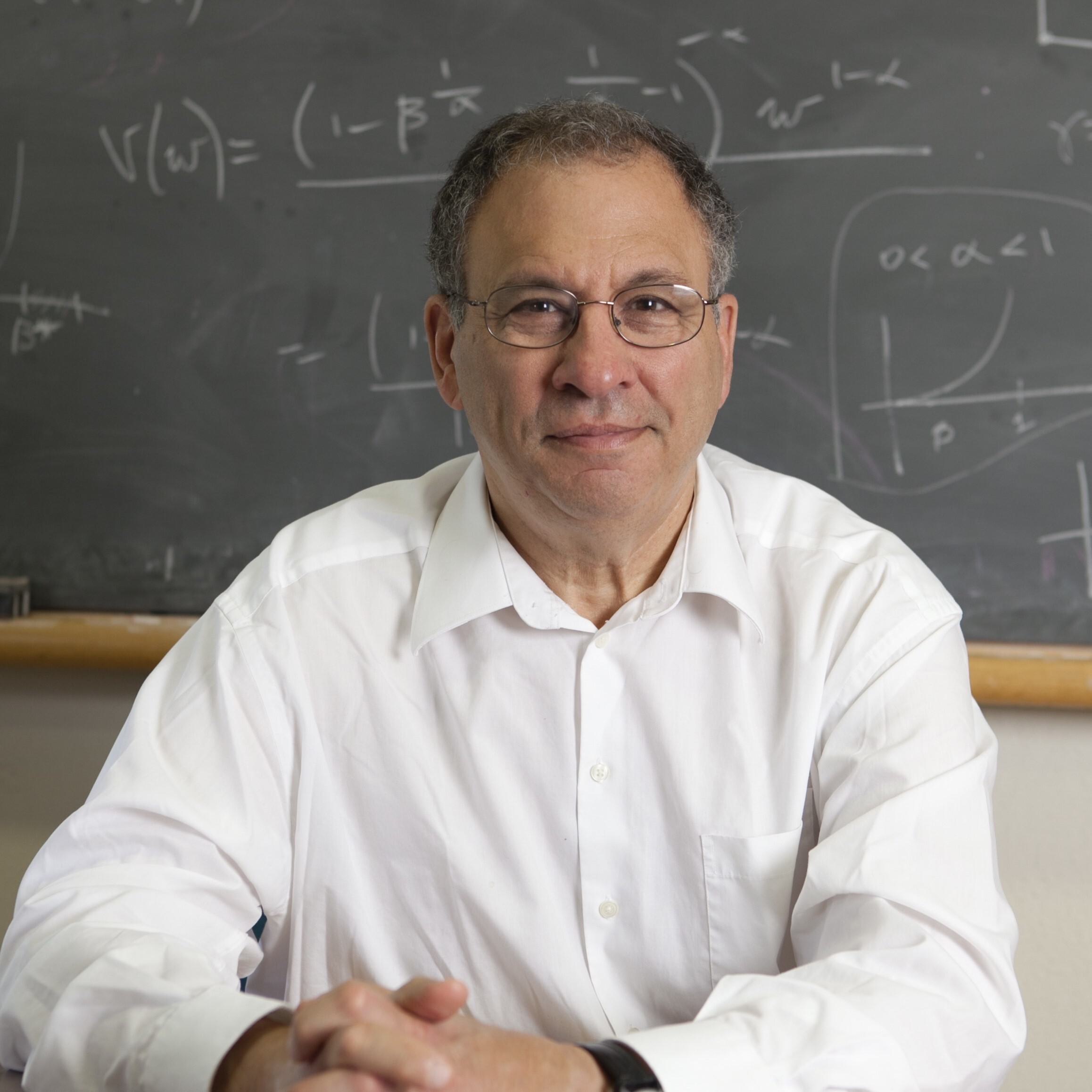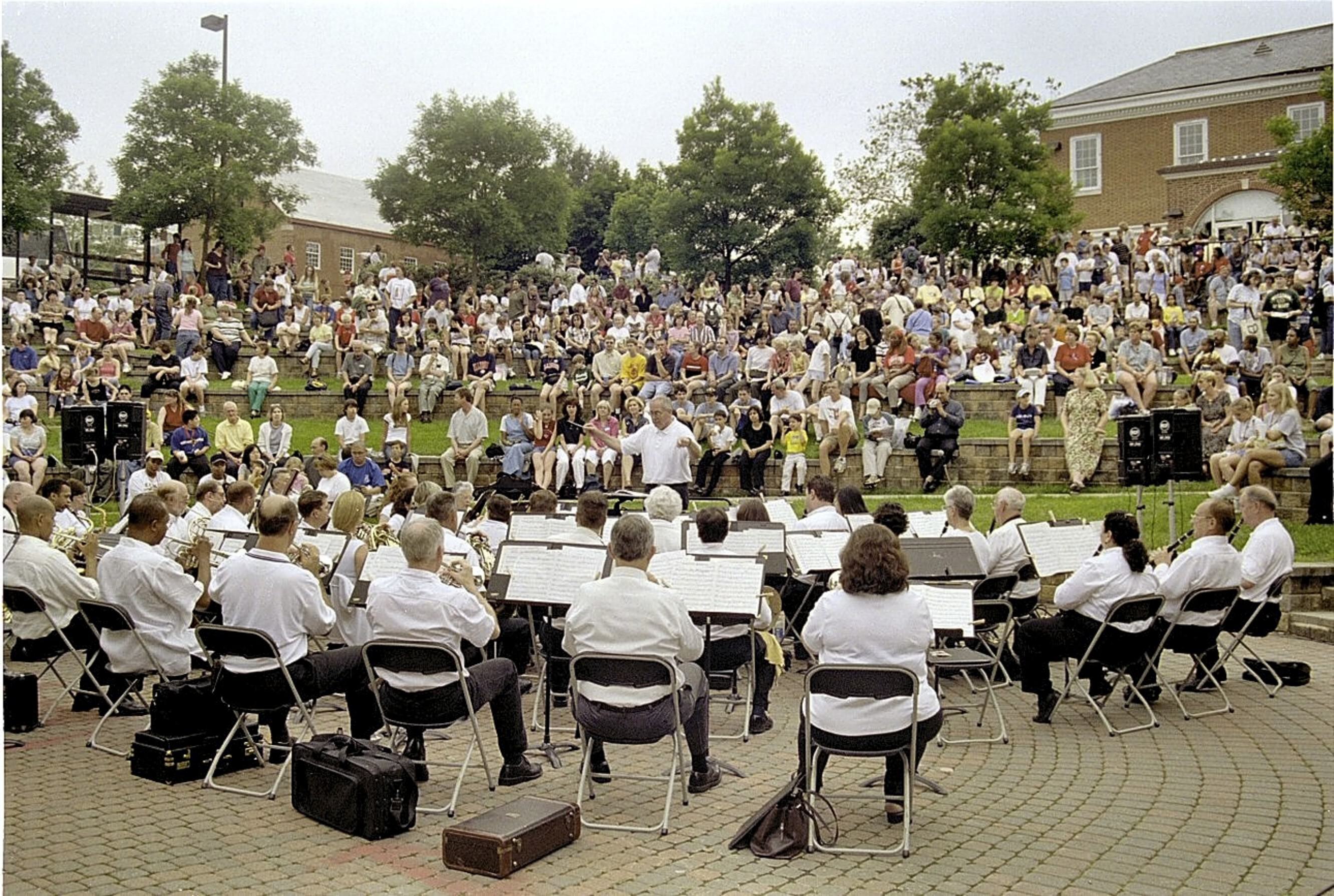Alumni Excellence Awards: Terp Research Award Winner Simon Levin Ph.D. ’64
Alumni Excellence Awards: Terp Research Award Winner Simon Levin Ph.D. ’64

By Andrew Faught
Even when he was in elementary school, Simon Levin loved the great outdoors. He also worried about the environment and biodiversity.
“Smokey the Bear was a minor hero,” he says, “even though we know now that total fire suppression is not a good strategy for maintaining healthy forests.”
Levin enjoyed math, “because I could do it,” but he was called to something more. The conservationist Rachel Carson, who lived in Silver Spring, published “Silent Spring” in 1962, a book that helped to foment the environmental movement. Meanwhile, Paul and Anne Ehrlich, now close friends and colleagues, released “The Population Bomb” in 1968, a book that warned about the perils of overpopulation.
The messages resonated with Levin, now professor of ecology and evolutionary biology at Princeton University, where he is director of the Center for BioComplexity in the High Meadows Environmental Institute. The center considers coupled human and environmental systems—from ecosystems to the biosphere —and how they support life on Earth.
It was at Maryland where Levin, who earned his doctorate in mathematics, was mentored by Monroe Martin, director of the Institute for Fluid Dynamics and Applied Mathematics (since renamed the Institute for Physical Science and Technology).
Martin encouraged his protégé to think beyond mathematics. And he would. Levin went on to do postdoctoral work with Maryland alum George Dantzig at the University of California, Berkeley, where he learned to apply mathematics to physiological problems. Later, as an assistant professor of mathematics at Cornell University, Levin extended his range by applying math to ecological problems, eventually going on to become a faculty member and chair of the Section of Ecology and Systematics, a department within the Division of Biological Sciences.
He's studied everything from infectious diseases, economics and the resilience of ecosystems, to the dynamics of fish schools and wildebeest herds, combining mathematics and biology to identify “patterns” that reveal new understanding of natural phenomena.
Levin helped to create the field of spatial ecology, which uses statistical analysis and dynamical systems theory in considering the impacts of how everything from seeds to krill to wildebeest disperse across a terrain. He’s also created new understandings of how ecosystem dynamics—from marine systems to forests—provide baseline measurements and predictive tools to counter climate change.
Notably, Levin’s landmark 1992 paper, “The Problem of Pattern and Scale in Ecology,” showcased how ecological systems—or biological communities and the nonliving components that they interact with—provide feedback to one another. It remains one of the most cited papers in the field of ecology and the environment. In 2014, Levin was awarded the National Medal of Science for his contributions.
Underlying his work are some sobering questions.
“What has been the impact of losing huge herds of bison on the plains?” he asks. “What was the impact of losing virtually all of the American chestnut trees in northeastern forests? How has climate change affected the distribution of fish species and the ecosystems they depend on? What are the tradeoffs between the interests of individuals and the collective good, and how can we achieve cooperation in dealing with the global problems facing us?
“The key question for me,” he adds, “is how do we cooperate as individuals to address the problems that would make us all better off?”
Levin articulated his concerns in his 2000 book, “Fragile Dominion: Complexity and the Commons,” which considers how much loss an ecosystem can bear before it starts to collapse.
At Maryland, Levin took his first course on numerical analysis, a novelty in its day given its focus on using computers to solve problems.
“It was a great course, though no one in the course, including Professors Bramble and Hubbard, ever touched a computer,” he says. “Now all of the students that I get, even the ones who aren’t mathematical, are computer-friendly and can do substantial programming. It’s dramatically increased the scope of what we can do.”
###
The Alumni Blog connects you with the latest at UMD. Check out articles on advancing your personal and professional goals, elevating your UMD pride, and celebrating Terp traditions, legacies and accomplishments.
Have an interesting story to tell about yourself or your friends from your days at UMD? Email our team at maycardi@umd.edu for a chance to be featured on the Alumni Association blog.
For even more content, follow the Alumni Association on Instagram, Facebook, LinkedIn and Twitter!

A Legacy Beyond His Years: Alum’s Gift Honors Veteran’s Memory at Maryland

Three Generations, One Stage: Maryland Community Band Turns 30

Alumna Digs Up the Lowdown on Plants in New Kids’ Book

